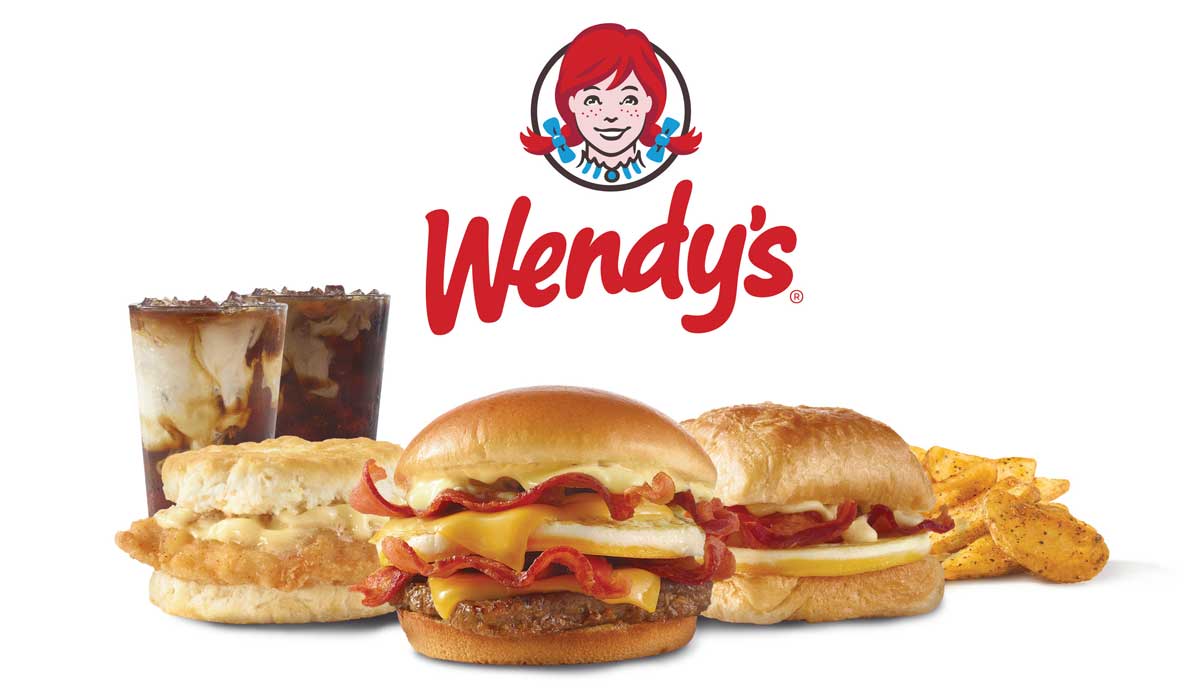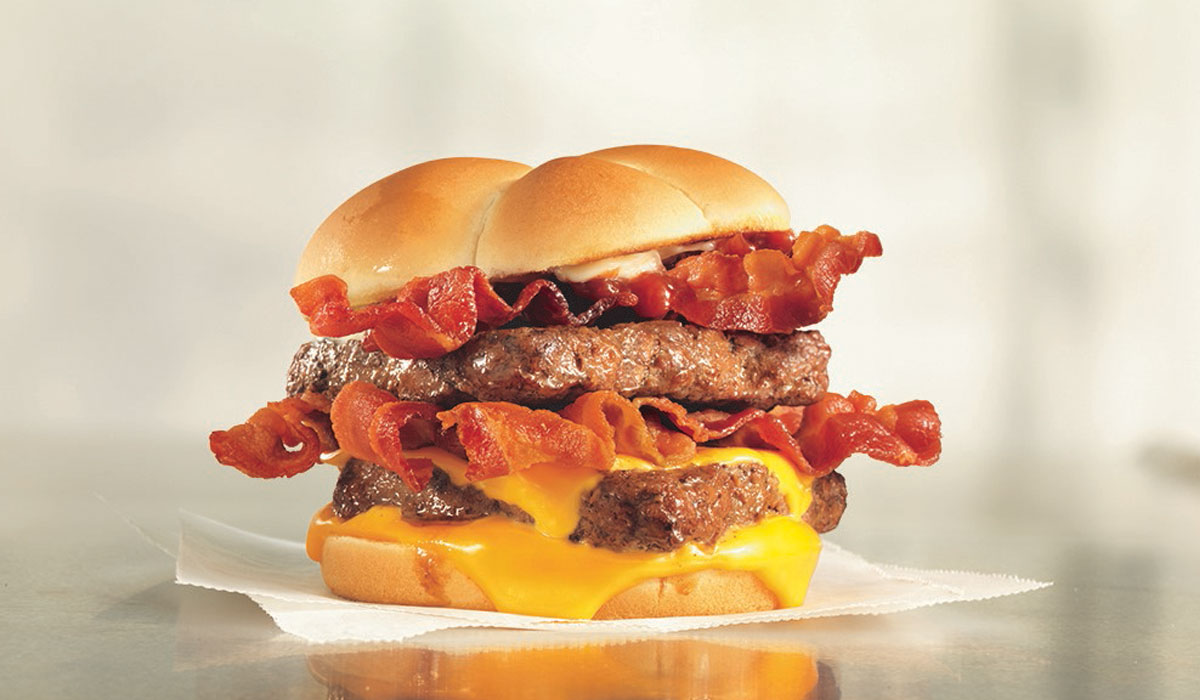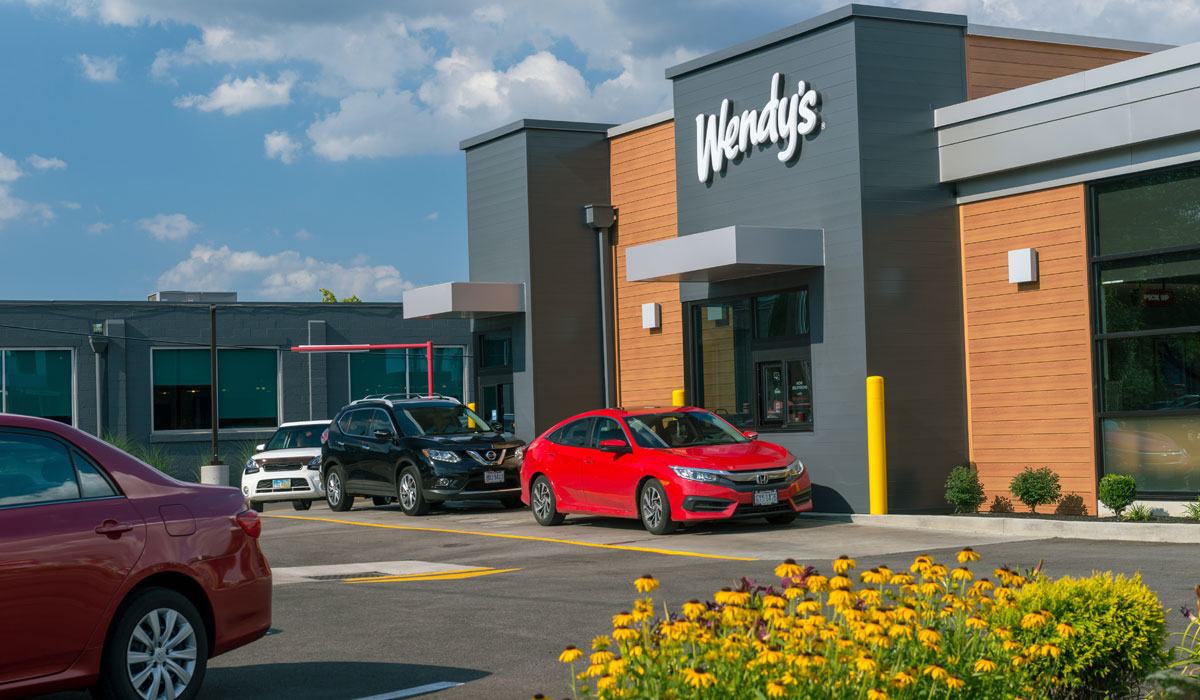Wendy’s doesn’t want breakfast to be a Hail Mary. And that’s where one major change from past year’s efforts comes into focus.
Chief executive officer Todd Penegor told investors Wednesday that Wendy’s believes breakfast can become “an additional layer to growth in our business.” One that rises to 10 percent of total sales, or roughly $1 billion if you consider Wendy’s generated $9,993.70 (in millions) last year.
But unlike former, rocky attempts, the brand is bringing new advertising dollars to life to support the daypart expansion. It’s not going to sacrifice support against lunch and dinner, Penegor said.
“We know what we need to do. We’ve got the hearts and the minds of the system to go execute. Now, we’ve got to go execute,” Penegor said.
Wendy’s turned in a strong third quarter, fueled by spicy chicken nuggets, with North America same-store sales rising 4.4 percent, year-over-year. They declined 0.2 percent in the comparable period. Adjusted revenues rose 10 percent to $351.1 million, and Wendy’s raised its full-year outlook for global systemwide sales to 3.5–4 percent from 3–4 percent.
READ MORE:
Will Wendy’s $20M bet on breakfast pay off?
How did Wendy’s fare in this year’s Drive-Thru Study?
But breakfast dominated the discussion throughout Wednesday’s call. Wendy’s plans to launch the offering sytemwide in the first quarter of 2020, and has invested $20 million upfront to do so.
Whether or not it’s going to be a seamless process, though, is a fair question to ask.
In 2010, with Roland Smith at the helm, Wendy’s tried its fourth go at breakfast when it rolled tests across six markets (Kansas City; Shreveport, Louisiana; San Antonio; Phoenix; Louisville; and Pittsburgh). The goal was to hit 1,000 units (15–16 percent of the U.S. system) by the end of 2011. Wendy’s aim was to generate an incremental $150,000–$160,000 in sales in the first year, or roughly $3,000 per week, and hit $200,000 by year five. Like the current breakfast target, it implied sales could mix 10 percent within year one and expand to 12.5 percent within five. While below McDonald’s touted 25 percent breakfast figure, a sizable contribution nonetheless.
The reality, however, was that some franchisees brought in average weekly sales of $2,700, below breakeven, and with uncertain levels of cannibalization on lunch and dinner sales. Additionally, food costs for breakfast, which included items like an artisan egg sandwich and Mornin’ Melt Panini, ran higher and pressed pilot stores 150–200 basis points above non-breakfast units.
The result: Breakfast stalled somewhere in the 600–700 restaurant range.
One interesting learning from the trial concerns the exact point Penegor made Wednesday. A selective market test made it harder to use wider-reaching media channels and easier for competition to aggressively counter Wendy’s gains, BTIG analyst Peter Saleh wrote in a note.
Competitors, like McDonald’s, grabbed most of the outdoor advertising in Wendy’s test markets and aggressively discounted items to defend their breakfast turf. So, while the burger chain gave it a strong push, including limiting menu variety and hours of service, as well as providing royalty abatement for two to three years, franchisees didn’t fully buy in, and the effort halted in early 2013.

The 2020 edition will have a very different feel, Penegor said. Firstly, Wendy’s is going to use some of that $20 million to coordinate a national launch supported by advertising. It’s not going to take a market-by-market approach. That should guard against some of its competitors’ past tactics, but it’s going to also require an all-hands-on-deck approach from franchisees that wasn’t there before. About 95 percent of Wendy’s domestic units are franchise run.
What else is changing? To address the cost issue, this iteration of breakfast only features 18 unique ingredients. Some past versions were in the mid-40s.
Wendy’s full breakfast menu will consist of nine sandwiches. Three are on croissants, including two with eggs (sausage, egg and Swiss cheese or a bacon, egg, and Swiss cheese), and a maple bacon chicken croissant. Other eggs sandwiches will be sold on biscuits and classic buns. There’s also a honey butter chicken biscuit, Breakfast Baconator, and Frosty-ccino. Sides include fruit, seasoned potato wedges, and sausage gravy. Additionally, a new blend of coffee is coming next year.
It’s also going to be a more drive-thru focused push. Test stores have tried opening the window at 6:30 for breakfast and the dining room at 9.
Additionally, Wendy’s is advertising to hire 20,000 employees to execute the vision. Penegor said Wendy’s labor model for breakfast only requires three people per restaurant. “We actually think it’s a popular daypart for people to work in,” CFO Gunther Plosch added.
With block scheduling, Wendy’s said the 20,000 figure can also help it improve staffing levels through lunch.
Assuming no royalty or advertising contribution on breakfast sales, Saleh wrote, Wendy’s franchisees could break even at about $2,850 in weekly sales if the restaurant opens four hours earlier. Drive-thru only with three crew members and one manager, which aligns with what Penegor outlined. That estimate factors hourly employees making $12 and mangers $23 per hour.
That would stir hourly labor expenses at breakfast of about $59 compared with Wendy’s average for lunch and dinner of $110.
Starting at 6, it would be about $1,008 per week for crew members and $644 for the manager, or $1,652 total.
Plosch did caution it could take some time to get breakfast humming from a profitability standpoint. But Wendy’s is committed to thinking long-term.
Currently, it’s a three-year period to make sure the company is providing funds and has “adequate national media waves on there” to drive the daypart.
He said Wendy’s would likely incur losses with its breakfast business in 2020, although less than the $20 million it’s taking in 2019 to prepare. “And you can expect that we are going to be profitable on breakfast in 2021, even more profitable in 2022,” he said.
By 2023, Wendy’s initial investment commitment should disappear and “then we are reaching full profitability on the breakfast business,” Plosch said.
“You may not see someone come back for lunch at Wendy’s if they had breakfast that day, but we have the opportunity for them to come to our restaurant a little more often. It’s really a frequency play.” — Todd Penegor, Wendy’s CEO.
If breakfast sales climb to $3,500 per week, restaurants would count incremental sales per unit of $182,000 per year, Saleh wrote, or slightly more than 10 percent of average-unit volume. Wendy’s would be on par with quick-service peers like Del Taco and Taco Bell, but below McDonald’s and Jack in the Box. Ultimately, Saleh believes Wendy’s can generate upward of $40 million of incremental EBITDA if successful. The vast majority would come from flow through of incremental royalty revenues on breakfast business ($36 million) with a more modest contribute from company-run store profit ($3.3 million).
Wendy’s hopeful outlook is another reason the franchisee commitment is so crucial. Penegor said it could even slow the buy-and-flip activity you’ve seen across the system over the first half of 2020 as operators focus execution on breakfast.
The company tested at 300 locations in 2019 and some restaurants were given the chance to opt out, Penegor said. Very few did. The unlock has been operational simplicity and an efficient menu to operate. It doesn’t hurt past efforts asked for $10,000 in new equipment.
Plosch said Wendy’s is committed to a national launch this time, but is opening the door for operators to raise concern with the breakfast business after a year if it’s not creating enough financial returns. “Then we are willing to entertain a discussion to mutually agree that maybe they could be opting out later on,” he said.
Wendy’s will ask restaurants, however, to demonstrate that they really did put their best foot forward, Plosch added. There won’t be a fee to opt out if that issue arrives.
“I also want to make sure it’s not entire franchise organizations,” Plosch said. “So that review of a potential opt out is happening on an individual restaurant-by-restaurant basis.”
Highlighting another past concern, Penegor said, Wendy’s didn’t see much cannibalization in its pilots. The opportunity is to drive visits and create a habitual customer that currently heads somewhere else for their breakfast needs. One who is probably in the car.
“You may not see someone come back for lunch at Wendy’s if they had breakfast that day, but we have the opportunity for them to come to our restaurant a little more often,” Penegor said. “It’s really a frequency play.”
He added restaurants haven’t witnessed a lot of shifting from lunch and dinner into breakfast. “In fact, the way we’re setting up our promotional plan in our advertising, it’s a lot of incremental support,” Penegor said.
Wendy’s recognizes ingraining a habitual visit from consumers will take some work and time. There aren’t any predetermined milestones or spend levels set for the journey.
“We know that we’re playing a game to bring the system along and bring the consumer along over the next several years to really make sure that breakfast is a sustainable daypart for us,” he said.

The other levers
In addition to breakfast, Wendy’s has two other real pillars it plans to accelerate from in the near future. One is accelerated international development. The company expects to enter Europe by opening corporate stores in the U.K. within the next 12–18 months. Only 5 percent of Wendy’s restaurants are related to Europe, which means it’s essentially a new geography for the company.
Wendy’s said its international business can grow to 1,500 restaurants and double its sales to about $2 billion by 2024.
The next is digital. The company said it can contribute roughly 10 percent of total U.S. sales by 2024 from just 2 percent today.
Wendy’s spicy nuggets showcased the potential. It supported launch through its mobile app, which led to an increased awareness of the brand’s digital platforms and doubled the number of mobile ordering transactions during the promotion, Penegor said. Overall, Wendy’s average check and incoming customer count trends spiked when it kicked off.
He added Wendy’s will let customers decide how long spicy nuggets stay on the menu.
To get from 2 to 10 percent, Wendy’s is going to balance accessibility. Currently, most of the mix is coming from delivery. That should change over time as mobile ordering and kiosks (in select areas) join the discussion.









